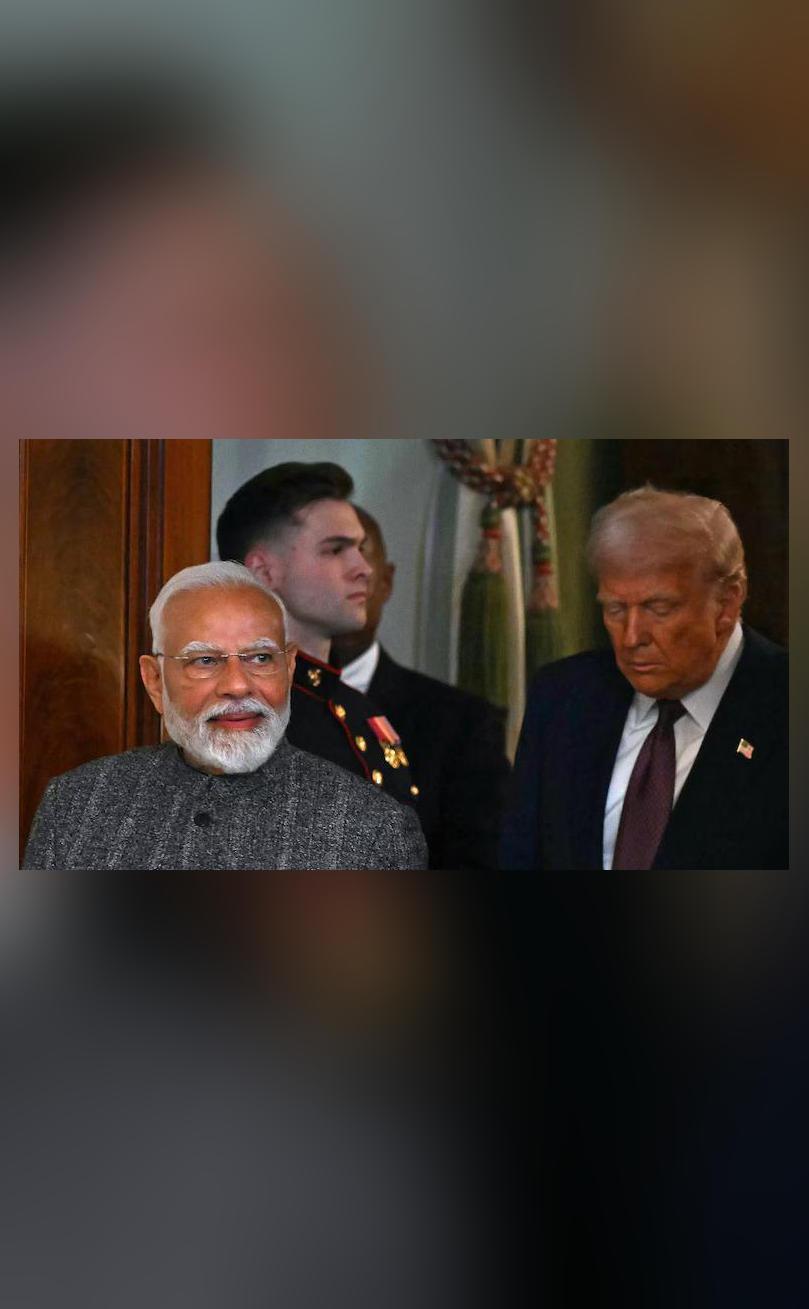
Trump’s Tariffs Can Push India Closer to Russia & China: Ex-US NSA
In a recent statement, former United States National Security Advisor John Bolton has expressed his concerns over President Donald Trump’s decision to impose 50% tariffs on India. Bolton, who served as the National Security Adviser from April 2018 to September 2019, warned that this move could have unintended consequences and might push India closer to Russia and China.
Trump’s tariffs on India are a part of his broader trade policy aimed at reducing the US trade deficit and promoting American manufacturing. However, Bolton’s concerns highlight the potential risks of this strategy, particularly in the context of India-US relations.
In an interview with News18, Bolton stated, “Trump’s heavy-handed tariffs on India jeopardise decades of American efforts to bring India away from Russia and China.” He emphasized that India, which has traditionally been a key ally of the United States, could start looking towards other countries for economic and strategic cooperation.
Bolton’s warning is not unfounded. India has been seeking to diversify its trade relationships and reduce its dependence on a single market. The country has been actively engaging with other major economies, including the European Union, Japan, and South Korea, to negotiate free trade agreements.
Moreover, India’s economic and strategic ties with Russia and China have been strengthening in recent years. In 2019, India and Russia signed a deal worth over $2 billion for the purchase of S-400 air defense systems, a move that was seen as a blow to the United States. India has also been increasing its trade and investment ties with China, with bilateral trade reaching over $70 billion in 2020.
The Trump administration’s decision to impose tariffs on India is seen as a response to India’s decision to restrict imports of certain American goods, including almonds and apples. However, the tariffs could have far-reaching consequences for the Indian economy, which is already facing challenges such as a slowing growth rate and high unemployment.
India’s economy has been growing at a slower pace in recent years, with the growth rate dipping to 4.5% in the second quarter of 2020. The country has been struggling to recover from the impact of the COVID-19 pandemic, which has led to a significant decline in economic activity.
The tariffs could also have a negative impact on the Indian rupee, which has already been under pressure due to a widening trade deficit and a decline in foreign investment. A weaker rupee could lead to higher import costs, inflation, and a decline in the purchasing power of Indian consumers.
In addition to the economic risks, the tariffs could also have strategic implications for the United States. India is a key partner in the Indo-Pacific region and has been a strong supporter of the US-led Quadrilateral Security Dialogue (Quad) along with Australia, Japan, and the United States.
The Quad aims to promote security and stability in the Indo-Pacific region, which is seen as a key area of competition between the United States and China. India’s participation in the Quad has been seen as a major boost to the US-led alliance, which is aimed at countering China’s growing influence in the region.
In conclusion, while the Trump administration’s decision to impose tariffs on India may be aimed at promoting American interests, it could have unintended consequences and might push India closer to Russia and China. The Indian economy is already facing challenges, and the tariffs could exacerbate the situation, leading to a decline in economic growth and a weaker rupee.
It is essential for the Trump administration to reconsider its decision and engage in constructive dialogue with India to find a mutually beneficial solution. The United States and India have a long history of cooperation, and it is essential to strengthen this partnership rather than jeopardising it over trade issues.






